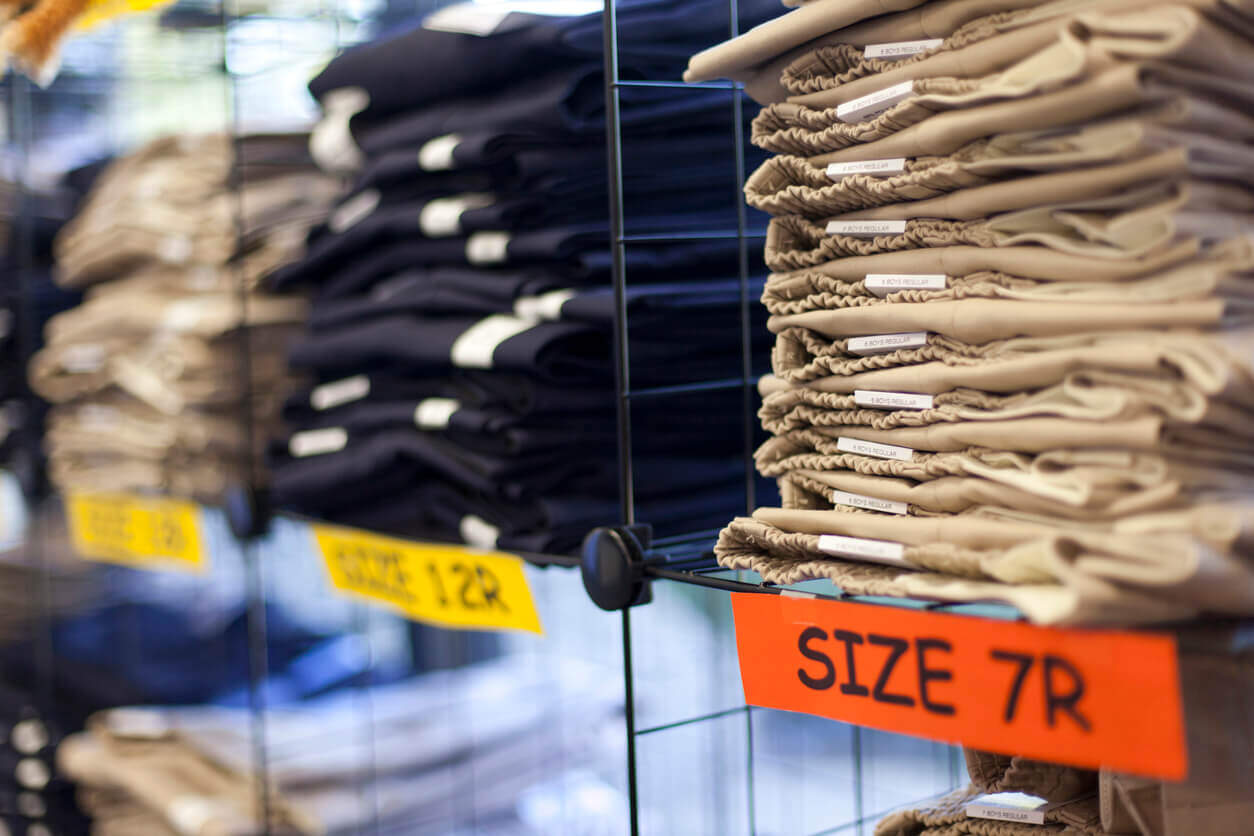Practical Strategies to Reduce the Average Cost of Uniforms in Business
Understanding the Average Cost of Uniforms
Before diving into cost-saving strategies, it's essential to understand what factors contribute to the average cost of uniforms. These factors include material quality, design complexity, quantity ordered, and maintenance requirements. By identifying these elements, businesses can better tailor their approach to managing uniform expenses.
Bulk Purchasing and Supplier Negotiation
Buy in Bulk
One of the most effective ways to reduce the average cost of uniforms is by purchasing in bulk. Suppliers often offer significant discounts on large orders, lowering the overall cost per unit. Assess your long-term uniform needs and order accordingly to take advantage of these bulk purchasing benefits.
Negotiate with Suppliers
Building a strong relationship with your uniform supplier can lead to better pricing. Don't hesitate to negotiate for discounts, especially if you are a repeat customer or if you are placing a large order. Many suppliers are willing to offer flexible payment terms or additional discounts to secure your business.
Material Selection and Design Simplicity
Choose Cost-Effective Materials
The material of the uniform significantly impacts its cost. Opting for durable yet cost-effective materials can help reduce the average cost of uniforms. Polyester blends, for instance, are often less expensive than natural fibers like cotton but still provide durability and comfort.
Simplify the Design
Complex designs with intricate embroidery or multiple colors can drive up costs. Simplifying the design of your uniforms can help keep expenses in check. Focus on a clean, professional look that aligns with your brand without unnecessary embellishments.
Uniform Maintenance and Lifecycle Management
Implement a Maintenance Program
Regular maintenance of uniforms can extend their lifespan, reducing the need for frequent replacements. Establish a maintenance program that includes proper laundering instructions and repairs for wear and tear. This proactive approach helps manage the average cost of uniforms by minimizing unnecessary replacements.
Track Uniform Lifecycles
Keeping track of uniform lifecycles allows businesses to plan for replacements in a timely and cost-effective manner. Use inventory management software to monitor the condition and usage of each uniform. This data-driven approach helps predict when uniforms will need replacing, allowing for budget planning and bulk purchasing.
Employee Involvement and Responsibility
Educate Employees
Employees play a significant role in maintaining the condition of their uniforms. Educate your staff on the importance of proper uniform care and the impact it has on costs. Providing clear guidelines on laundering and handling can significantly reduce the wear and tear on uniforms, thus lowering the average cost of uniforms.
Implement a Uniform Return Policy
A uniform return policy ensures that employees return their uniforms in good condition when they leave the company. This policy can include cleaning requirements and penalties for lost or damaged uniforms. By recovering and reusing uniforms, businesses can reduce the need for new purchases, thus controlling costs.
Cost-Saving Innovations and Alternatives
Utilize Technological Innovations
Technological advancements in fabric and garment manufacturing can offer cost-saving opportunities. Explore options like moisture-wicking materials that require less frequent washing or stain-resistant fabrics that reduce maintenance efforts. Investing in such innovations can lower the long-term average cost of uniforms.
Consider Rental Programs
Uniform rental programs can be a cost-effective alternative to purchasing uniforms outright. These programs typically include maintenance and replacement services, allowing businesses to pay a fixed monthly fee rather than bearing the upfront cost of uniform purchases. This approach can provide budget predictability and reduce the average cost of uniforms.
3D Body Scanners: Precision and Efficiency
Implement 3D Body Scanners
One of the latest technological advancements in uniform management is the use of 3D body scanners. These devices provide precise measurements of each employee, ensuring a perfect fit for every uniform. By eliminating the need for manual measurements and fittings, 3D body scanners can significantly reduce the average cost of uniforms.
Benefits of 3D Body Scanners
3D body scanners offer numerous benefits:
- Accuracy: They provide exact measurements, reducing the likelihood of ordering incorrect sizes.
- Efficiency: The scanning process is quick, minimizing downtime for employees.
- Customization: Uniforms can be tailored to fit each employee perfectly, enhancing comfort and appearance.
- Cost Savings: Reducing the need for alterations and returns leads to lower overall costs.
Integration and Implementation
Integrating 3D body scanners into your uniform management process involves an initial investment in the technology. However, the long-term savings from reduced fitting errors, minimized returns, and less frequent need for alterations can outweigh the upfront costs. Additionally, many uniform suppliers are beginning to offer 3D scanning services, making it easier for businesses to adopt this technology without significant capital expenditure.
Recycling and Sustainability Initiatives
Recycle Old Uniforms
Instead of discarding old uniforms, consider recycling programs that give them a new life. Some suppliers offer recycling services that repurpose old uniforms into new products. This eco-friendly approach not only reduces waste but also helps manage the average cost of uniforms by offsetting some of the expenses associated with new purchases.
Embrace Sustainability
Sustainable practices can lead to cost savings in the long run. Opt for uniforms made from eco-friendly materials that may qualify for tax incentives or government grants. Additionally, promoting sustainability within your business can enhance your brand image, potentially attracting more customers and increasing revenue.
Smart and Informed Decisions for Business
Managing the average cost of uniforms is a multifaceted challenge that requires a strategic approach. By understanding the factors that influence uniform costs and implementing practical strategies such as bulk purchasing, negotiating with suppliers, choosing cost-effective materials, simplifying designs, maintaining uniforms properly, involving employees, and utilizing innovative technologies like 3D body scanners, businesses can significantly reduce their uniform expenses.
Additionally, exploring rental programs, recycling, and sustainability initiatives can further optimize uniform costs.
Reducing the average cost of uniforms is not just about cutting expenses; it's about making smart, informed decisions that benefit both the business and its employees. With the right approach, businesses can achieve a balance between cost efficiency and maintaining a polished, professional appearance.
